A new class of thermochromic supramolecular material has been designed, which is taking steps toward versatility, sustainability, and scalability.
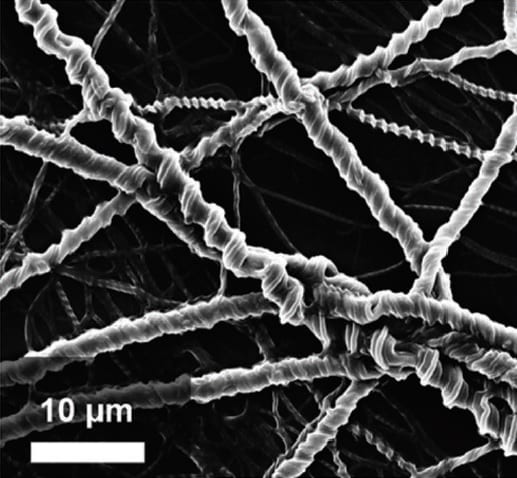

A new class of thermochromic supramolecular material has been designed, which is taking steps toward versatility, sustainability, and scalability.
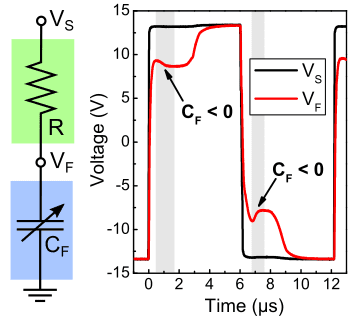
Recently, negative capacitance was first demonstrated in epitaxial ferroelectric lead zirconate titanate, proving that a direct measurement of the phenomenon is possible.
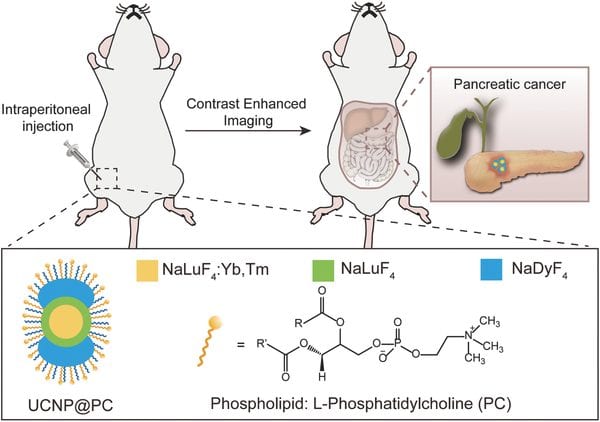
Intraperitoneally administered biointerface-camouflaged upconversion nanoparticles can pave the way for early diagnosis of pancreatic cancer through multimodal contrast enhanced imaging.

Scientists in China have found that the “phase inversion” method could improve the comprehensive performance of the porous electrodes.
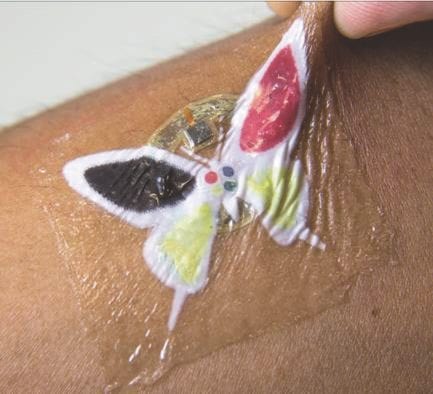
John Rogers and his team report a colorimetric epidermal UV dosimeter and temperature sensor with integrated Near Field Communication (NFC) capabilities.
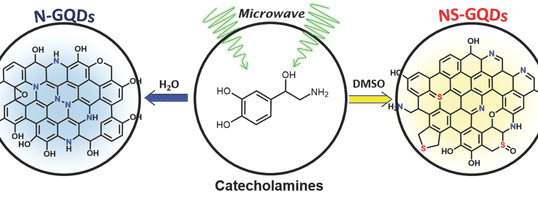
A new strategy to produce heteroatoms-doped GQDs as photocatalysts with control over heteroatom types, constitution and content.
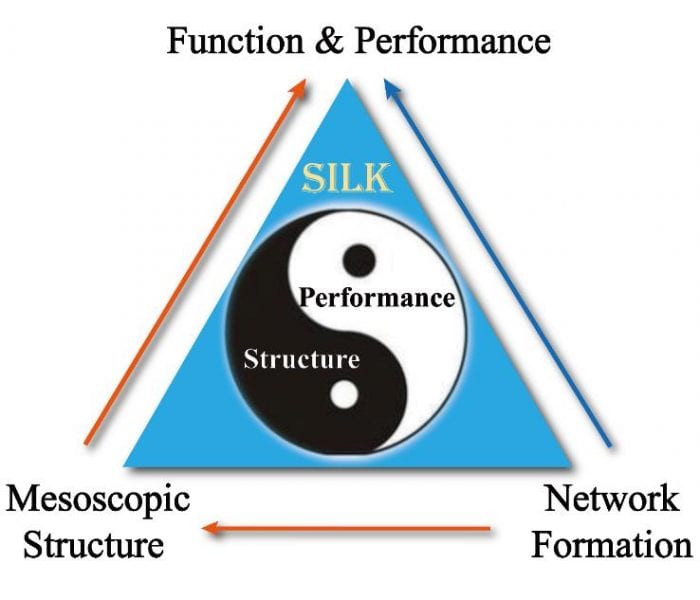
As flexible photonics/electronics industries are going to take over the traditional industries, Bombyx mori silk will serve as a crucial material due to its capability of functionalization and re-engineering.
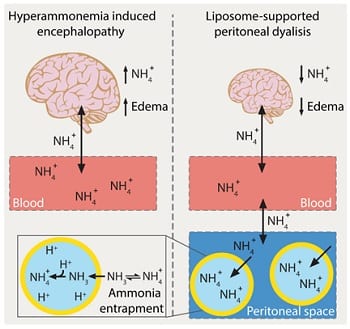
Professor Leroux and colleagues investigated the translational potential of liposome-supported peritoneal dialysis (LSPD) for the treatment of hyperammonemia-induced encephalopathy.
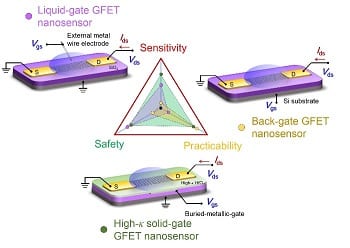
A high-κ solid-gate transistor configured graphene biosensor with fully integrated structure and enhanced sensitivity
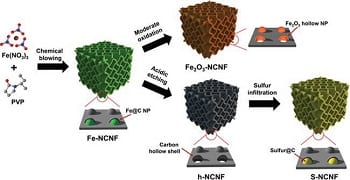
An efficient strategy for general synthesis of 3D N-doped carbon nanosheet frameworks functionalized with metal nanoparticles or various hollow nanostructures for efficient lithium storage